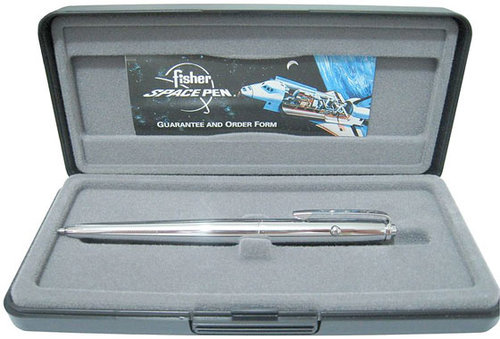- Joined
- 16 December 2010
- Messages
- 3,282
- Reaction score
- 2,978
A video series covering the effort to restore a surviving Apollo LEM AGC (Believed to be the one used in the LTA-8 prototype LEM) in time for it to be used to simulate the Apollo 11 landing on the 50th anniversary of the first lunar landing. Episode 15 is of especial note as it features a piece of true digital archaeology where the partially functional AGC is used to copy an early developmental version of the LEM software that only survived in compiled form so that it can be restored to source code.
This link goes to the website covering the project including what is known about the recovered version of the 'Retread 50' prototype LEM software...
AGC Restoration Page
Here are the first five videos covering the project to date.
This link goes to the website covering the project including what is known about the recovered version of the 'Retread 50' prototype LEM software...
AGC Restoration Page
Here are the first five videos covering the project to date.


